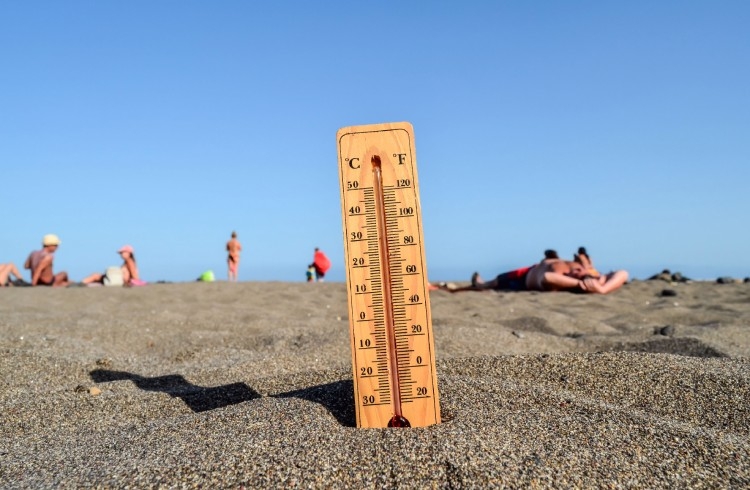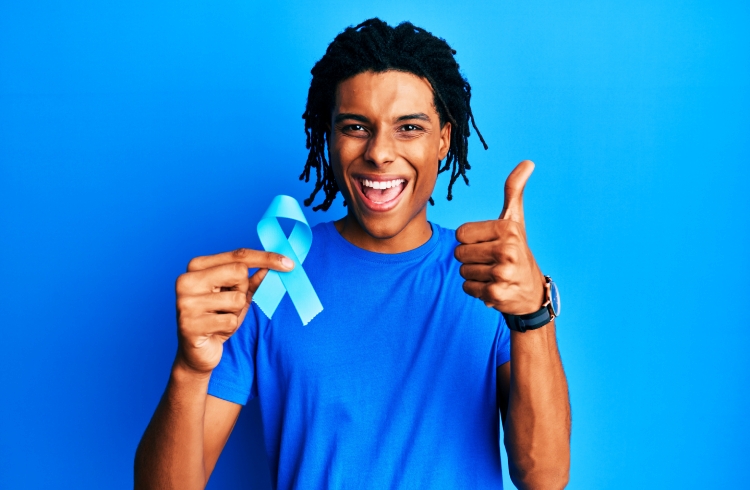Sunstroke - taking care of the sun
02/12/2020
Heat stroke happens when we expose ourselves for a long time to the sun, and our bodies cannot cool down reaching high temperatures, it is a serious and fatal condition.Heat stroke occurs due to the exposure of our body to the very strong sun. Our body gets too hot, too quickly, and loses the ability to cool down through sweat.
Between 10 am and 4 pm, in summer, it is the time of day when the sun gets strongest, and we run the risk of getting sunstroke. People who expose themselves to the sun while carrying out certain activities, must take extra care, and pay more attention to body temperature and the signs and symptoms of sunstroke. Any other situation that increases the temperature of the individual can lead to heat stroke such as the use of a lot of clothes on very hot days, staying inside the closed car without ventilation on very hot days, and even the excessive practice of physical exercise in very hot environments. How to prevent?To avoid sunstroke it is important on very hot days not to be exposed to the sun between 10am and 4pm. Water consumption must be regular and the use of loose clothing facilitates the sweating process. Anything that makes the body less warm is valid, such as open shoes, wearing hats, or even staying in shady places. The use of sunscreen is recommended, and alcoholic beverages should be avoided, as they cause even more fluid loss. In case the person is on the beach or pool, he / she should go into the water frequently, and put the sunscreen with an SP of 30 or more, every 2 hours. Signs and symptomsThe first signs of heat stroke are hot, dry skin, as we lose the ability to sweat to regulate our body temperature. Headaches, dizziness, nausea or diarrhea may also be present. Depending on the time of exposure to the sun, more severe symptoms may appear, such as fainting, and mental confusion. The most serious consequences are dehydration and burns. When dehydration is very severe during heat stroke, breathing begins to become rapid, the person becomes pale, the body temperature is extremely high, and in the worst case, eat it. The diagnosis of heat stroke must be given by a trained professional, who may or may not order additional tests. What to do in case of heat stroke?The aim during a heat stroke is to reduce the person's body temperature. Therefore, the most recommended is to put the individual in the shade, remove excess clothing, offer cold drinks, preferably water. To quickly reduce the temperature, the person's body can be sprayed with water, keeping it moist. You can keep your body moist with clothes soaked in water, or even by dipping your body in cold water. Wet compresses can also be applied to the neck, armpits and groins. If symptoms persist, it is important to get medical attention as soon as possible. Who is most at risk of getting heat stroke? Light-skinned individuals are at a greater risk of having heat stroke so they must be extra careful. Albino people are also a risk group, as they have thin and sensitive skin. It is necessary to pay special attention to children, as they are often exposed to the sun and do not have the ability to perceive when the sun is very strong, needing to always have an adult to supervise. |



